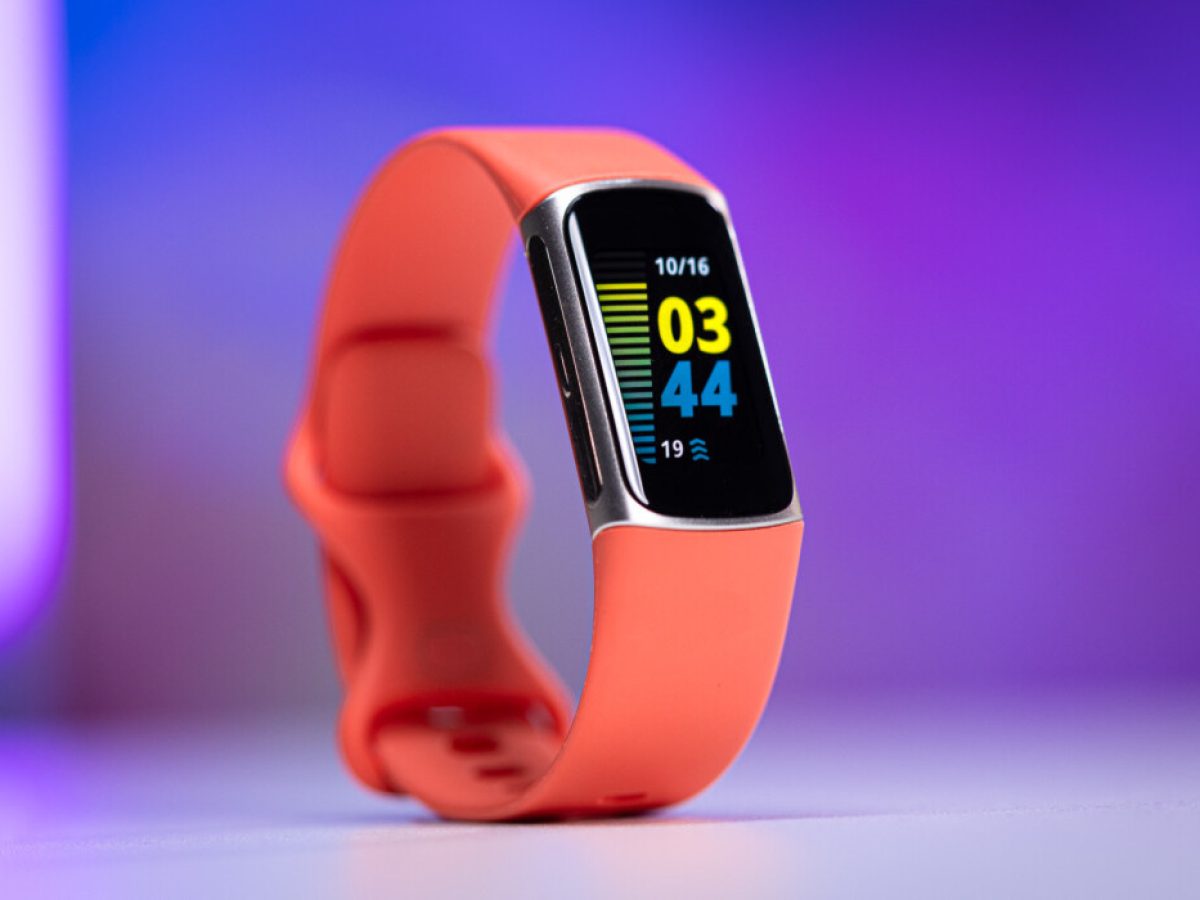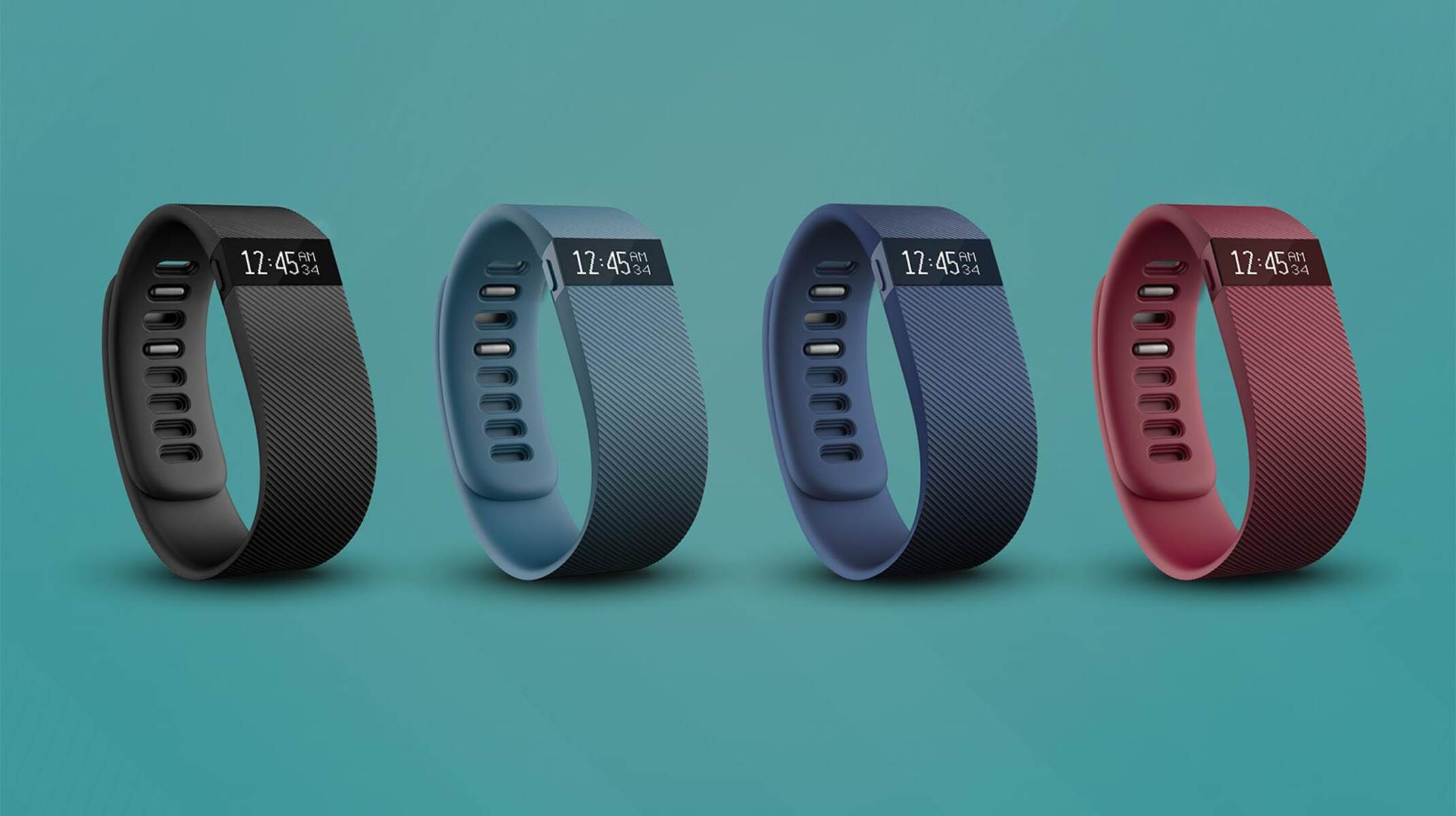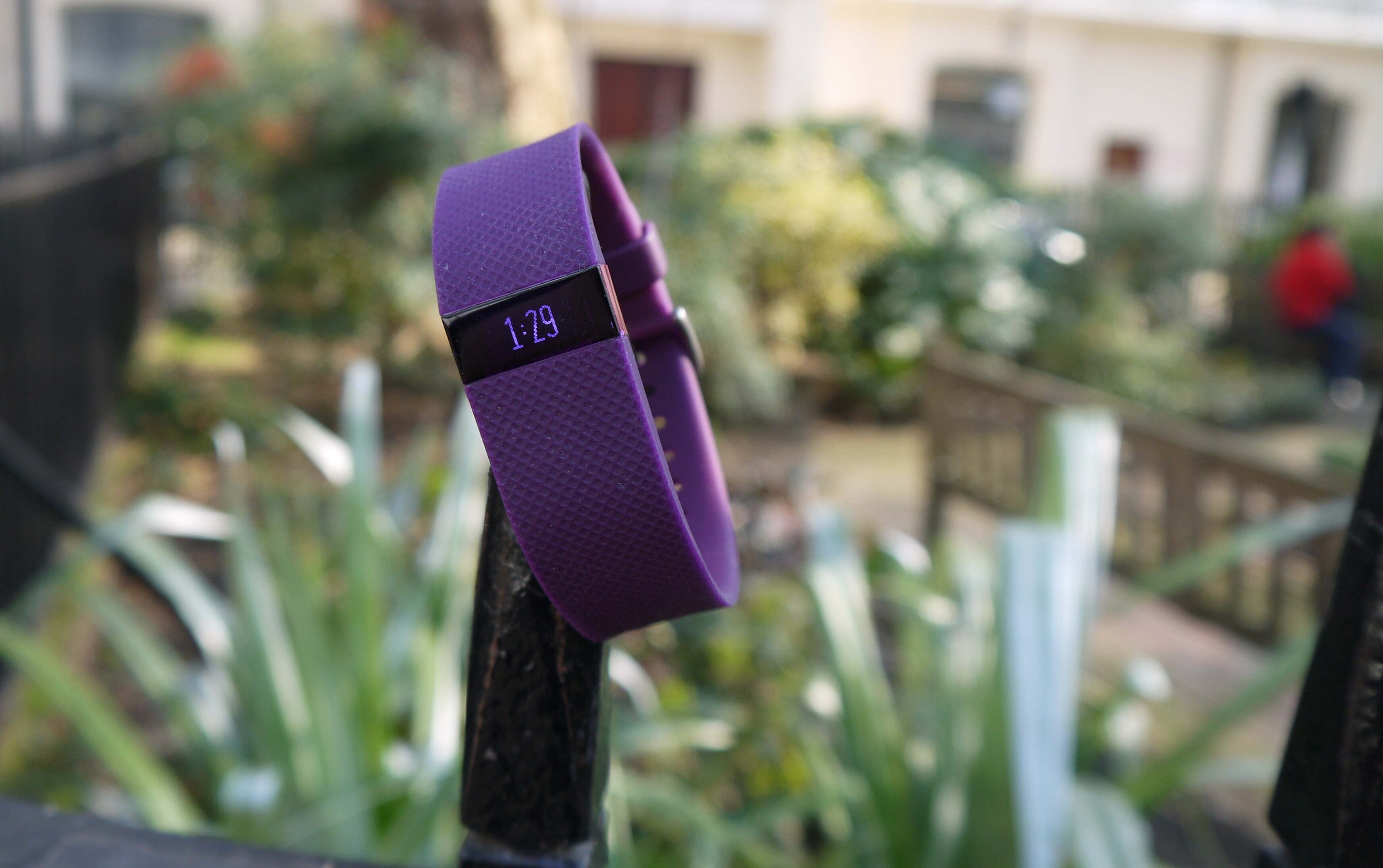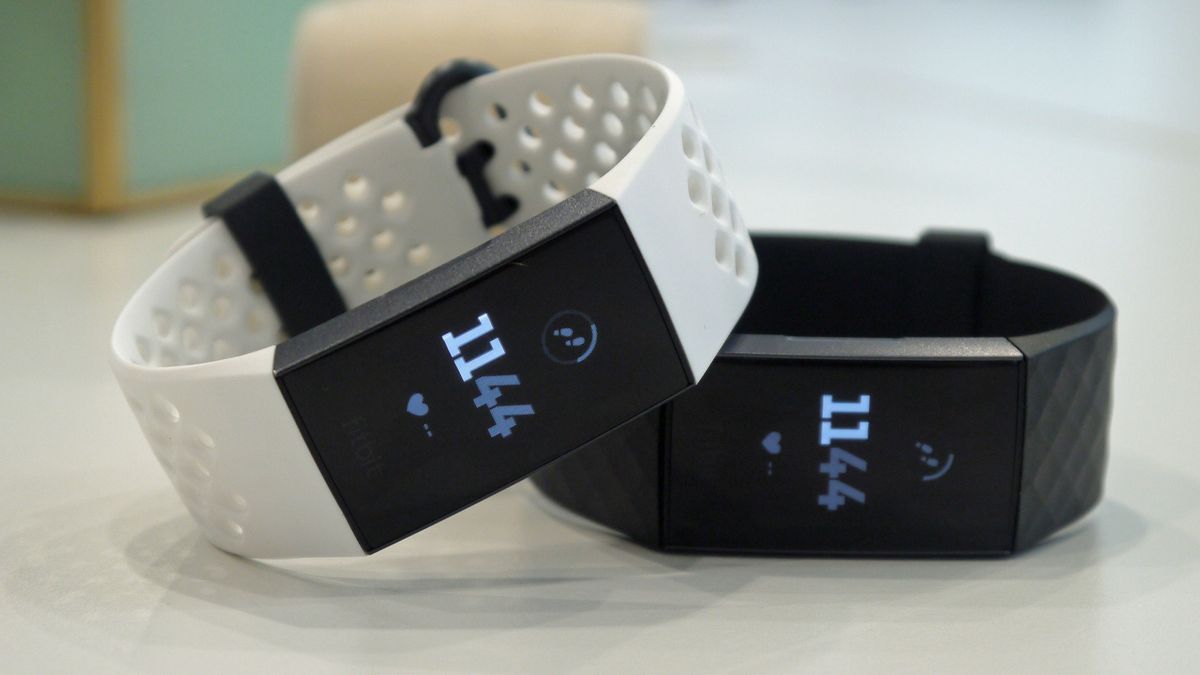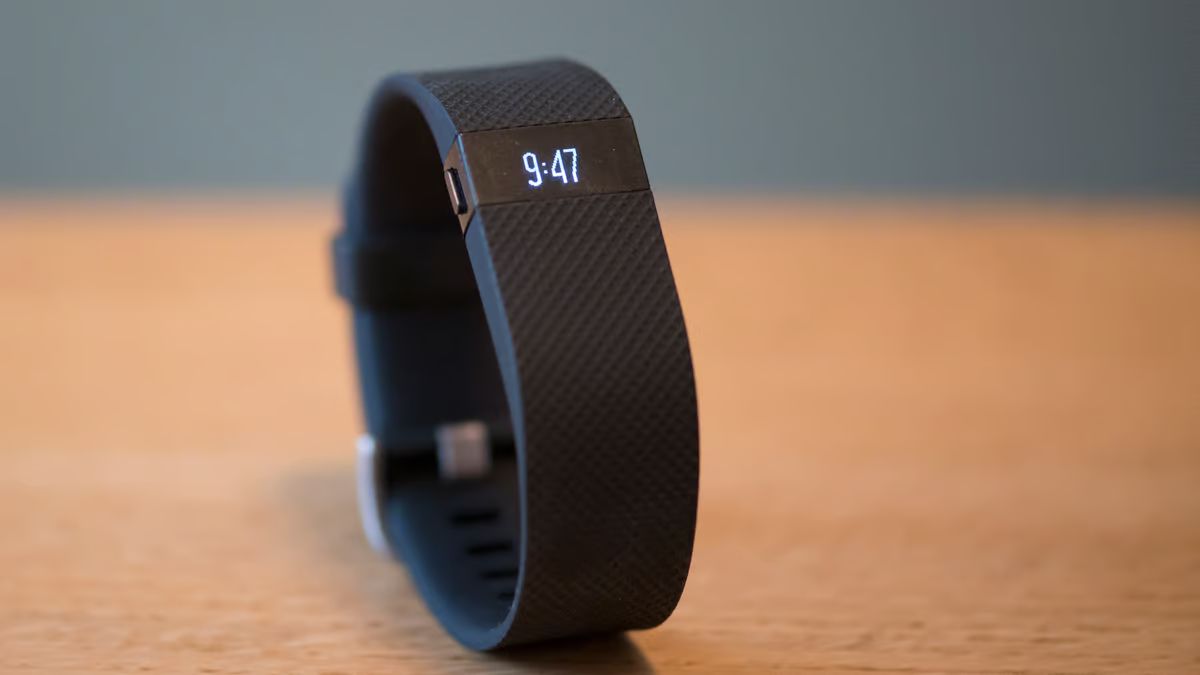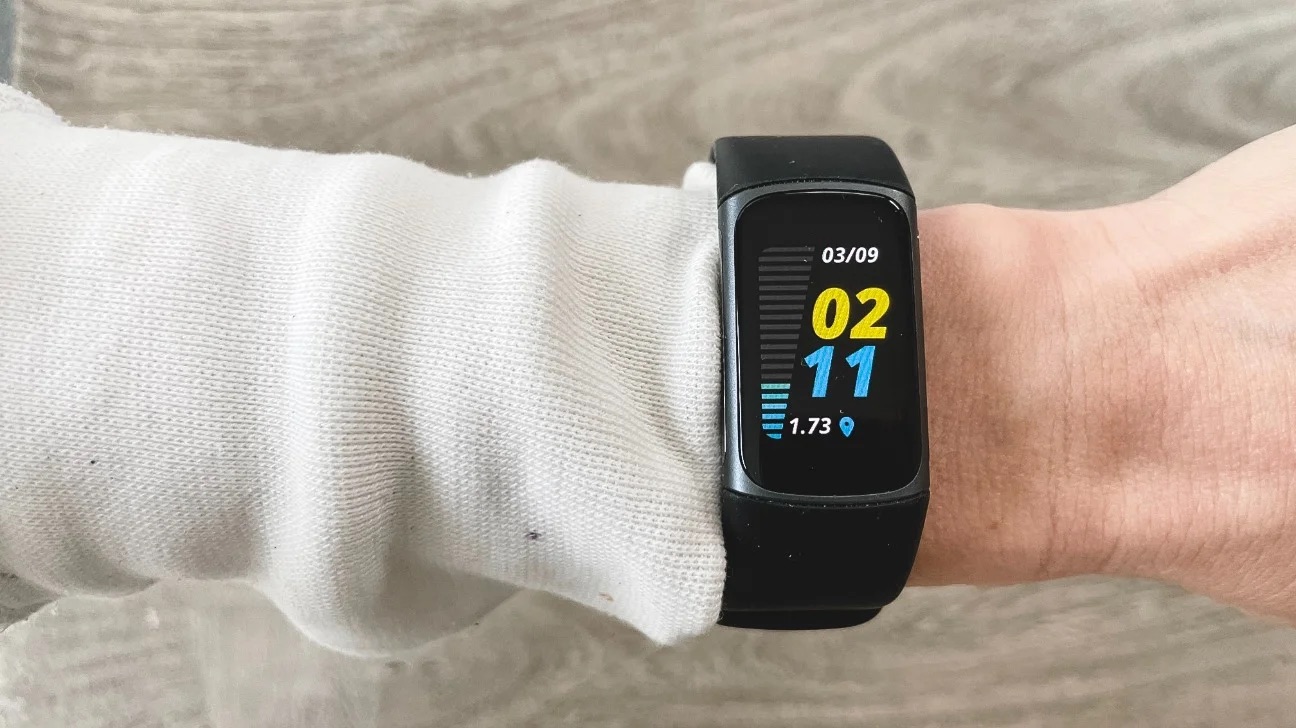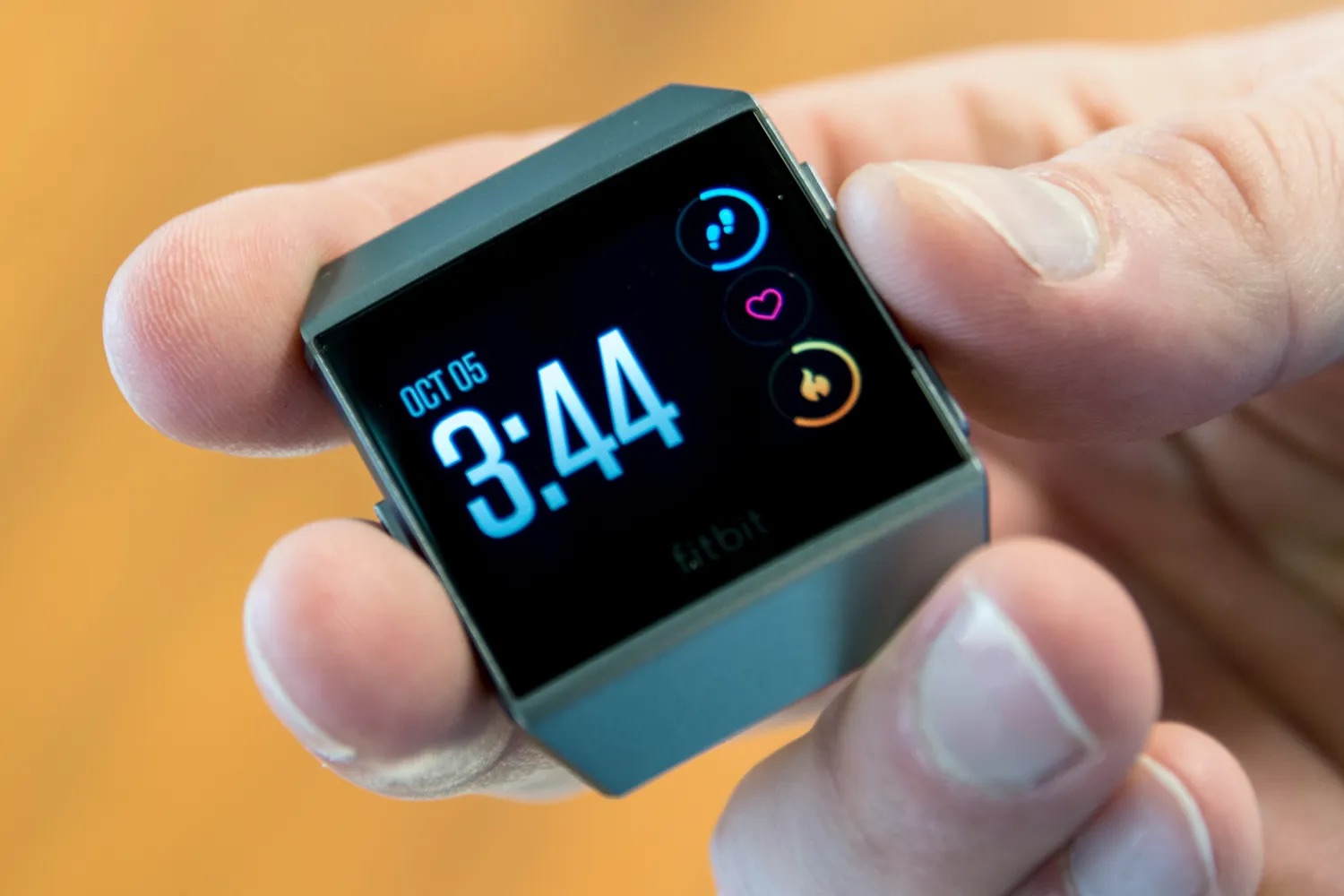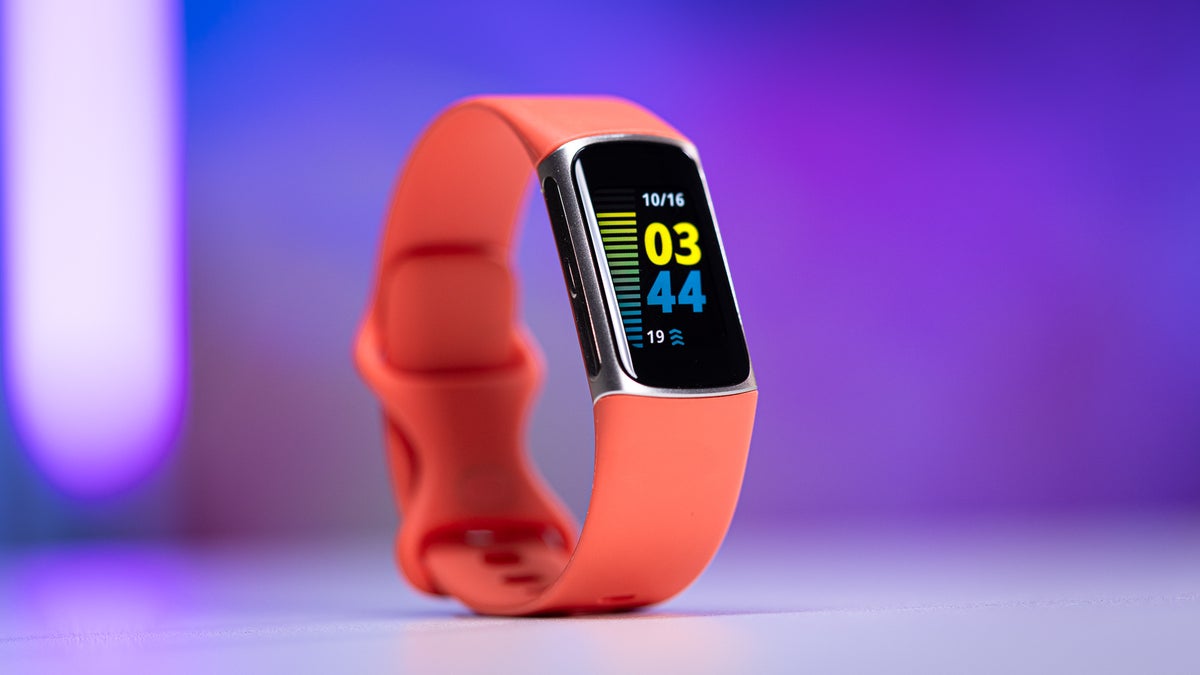Introduction
Keeping track of time is crucial in our fast-paced lives, and wearable devices like the Fitbit Charge have become indispensable tools for many individuals. These devices not only monitor our physical activity and sleep patterns but also display the current time. However, there are instances when the time displayed on the Fitbit Charge may be incorrect, leading to confusion and potential inconvenience. In this article, we will delve into the common issue of incorrect time display on the Fitbit Charge and provide a comprehensive guide on correcting this discrepancy.
The Fitbit Charge, renowned for its advanced features and sleek design, has garnered a loyal following among health and fitness enthusiasts. Its ability to seamlessly integrate into daily routines, providing real-time data and insights, makes it an essential companion for those striving to maintain an active and healthy lifestyle. However, despite its impressive functionality, users may encounter challenges related to the accuracy of the time displayed on their Fitbit Charge.
The frustration of glancing at your Fitbit Charge and realizing that the time is incorrect can be quite disconcerting. Whether it's a result of traveling across time zones, a glitch in the device's settings, or other unforeseen factors, the incorrect time on your Fitbit Charge can disrupt your daily schedule and affect the reliability of the data it provides.
In the following sections, we will explore the underlying causes of time discrepancies on the Fitbit Charge and outline practical steps to rectify this issue. By gaining a deeper understanding of the root causes and implementing the recommended solutions, users can ensure that their Fitbit Charge consistently displays the accurate time, thereby enhancing the overall user experience and maximizing the device's utility.
Understanding the factors contributing to incorrect time display on the Fitbit Charge is the first step toward resolving this common issue. With a clear understanding of the problem at hand, users can effectively navigate the corrective measures and regain confidence in the reliability of their Fitbit Charge. Let's embark on this journey to address the time discrepancies and empower users to optimize the functionality of their Fitbit Charge.
Understanding the Issue with Fitbit Charge Time
The Fitbit Charge, a remarkable wearable device designed to seamlessly integrate into daily routines, provides users with a wealth of valuable data, including physical activity tracking, heart rate monitoring, and sleep analysis. However, despite its advanced capabilities, users may encounter an issue with the accuracy of the time displayed on their Fitbit Charge.
One common scenario leading to time discrepancies is when users travel across time zones. The Fitbit Charge automatically syncs with the time zone of the user's smartphone during the initial setup. However, if the smartphone's time zone is not updated while traveling, the Fitbit Charge may display the incorrect time, causing confusion and inconvenience.
Another potential factor contributing to time discrepancies on the Fitbit Charge is a synchronization error between the device and the connected smartphone. This can occur if the Fitbit app fails to update the device's time settings, resulting in a mismatch between the actual time and the displayed time on the Fitbit Charge.
Furthermore, software glitches or temporary system errors within the Fitbit Charge can disrupt the accurate display of time. These unforeseen technical issues may arise from software updates, temporary malfunctions, or conflicts with other apps running on the connected smartphone.
It's also essential to consider the impact of battery depletion on the Fitbit Charge's timekeeping accuracy. When the device's battery is critically low or experiences a sudden power loss, the internal clock may be temporarily affected, leading to time inconsistencies until the device is fully charged and operational again.
In summary, the issue with Fitbit Charge time discrepancies can stem from various factors, including time zone changes, synchronization errors, software glitches, and battery-related disruptions. By recognizing these potential causes, users can effectively address the issue and take proactive measures to ensure that their Fitbit Charge consistently displays the correct time, thereby enhancing the overall usability and reliability of the device.
Steps to Correct the Time on Fitbit Charge
-
Sync Fitbit Charge with Smartphone: Begin by ensuring that your Fitbit Charge is synced with the connected smartphone. Open the Fitbit app on your smartphone and navigate to the device settings. Select the option to sync the device, allowing the Fitbit Charge to update its time settings based on the smartphone's current time zone and settings.
-
Manually Adjust Time Zone: If you have traveled to a different time zone and the Fitbit Charge has not automatically adjusted, you can manually update the time zone through the device settings. Access the time settings on your Fitbit Charge and select the option to manually adjust the time zone to align with your current location.
-
Restart Fitbit Charge: In some cases, a simple restart can resolve time discrepancies on the Fitbit Charge. Restart the device by powering it off and then turning it back on. This can help refresh the internal clock and synchronize the time accurately.
-
Update Fitbit App: Ensure that the Fitbit app on your smartphone is updated to the latest version. Software updates often include bug fixes and enhancements that can address time synchronization issues. If an update is available, install it to optimize the performance of the Fitbit app and improve timekeeping accuracy.
-
Check Smartphone Time Settings: Verify that the time settings on your connected smartphone are accurate and up to date. The Fitbit Charge relies on the smartphone's time zone and settings for synchronization. If the smartphone's time is incorrect, it can impact the time displayed on the Fitbit Charge.
-
Perform a Firmware Update: Check for firmware updates for your Fitbit Charge and install them if available. Firmware updates can address software-related issues, including time discrepancies and synchronization errors. By keeping the device's firmware up to date, you can ensure optimal performance and timekeeping accuracy.
-
Reset Fitbit Charge: As a last resort, if the time discrepancies persist, consider resetting your Fitbit Charge to its factory settings. This can help resolve persistent software glitches and restore the device to its default configuration, potentially resolving time-related issues.
By following these steps, users can effectively correct the time on their Fitbit Charge, ensuring that the device consistently displays accurate and reliable time information. Implementing these corrective measures empowers users to maximize the functionality of their Fitbit Charge and maintain a seamless user experience, free from the inconvenience of time discrepancies.
Additional Tips for Maintaining Accurate Time on Fitbit Charge
In addition to the specific steps outlined for correcting time discrepancies on the Fitbit Charge, there are additional tips and best practices that users can implement to maintain accurate timekeeping and optimize the performance of their device.
-
Regular Synchronization: Make it a habit to regularly synchronize your Fitbit Charge with the connected smartphone. By ensuring that the device is consistently updated with the latest time settings from the smartphone, you can minimize the risk of time discrepancies due to synchronization errors.
-
Keep Firmware Updated: Stay vigilant about firmware updates for your Fitbit Charge. Manufacturers often release firmware updates to address software-related issues and enhance the overall performance of the device, including timekeeping accuracy. By promptly installing firmware updates, users can proactively mitigate potential time-related disruptions.
-
Monitor Battery Health: Pay attention to the battery health of your Fitbit Charge. Sudden power loss or critically low battery levels can impact the device's internal clock and lead to time inconsistencies. Regularly charge the device to maintain optimal battery health and minimize the risk of time discrepancies.
-
Time Zone Adjustments: When traveling across time zones, be proactive in adjusting the time zone settings on your Fitbit Charge to align with your current location. This simple yet crucial step can prevent confusion and ensure that the device accurately reflects the local time, enhancing the overall user experience during travel.
-
Temperature and Environment: Be mindful of the environmental factors that may affect the performance of your Fitbit Charge, including its timekeeping accuracy. Extreme temperatures or prolonged exposure to harsh environmental conditions can impact the device's internal components, potentially leading to time discrepancies. Protecting the device from such conditions can contribute to maintaining accurate time display.
-
Regular Maintenance: Engage in regular maintenance practices to keep your Fitbit Charge in optimal condition. This includes cleaning the device, ensuring proper storage, and addressing any physical or software-related issues promptly. A well-maintained device is more likely to deliver consistent and accurate timekeeping performance.
By incorporating these additional tips into their usage habits, Fitbit Charge users can proactively maintain accurate timekeeping and minimize the occurrence of time discrepancies. These best practices complement the corrective measures and contribute to a seamless and reliable experience with the Fitbit Charge, ensuring that users can fully leverage the device's capabilities without the disruption of inaccurate time display.







